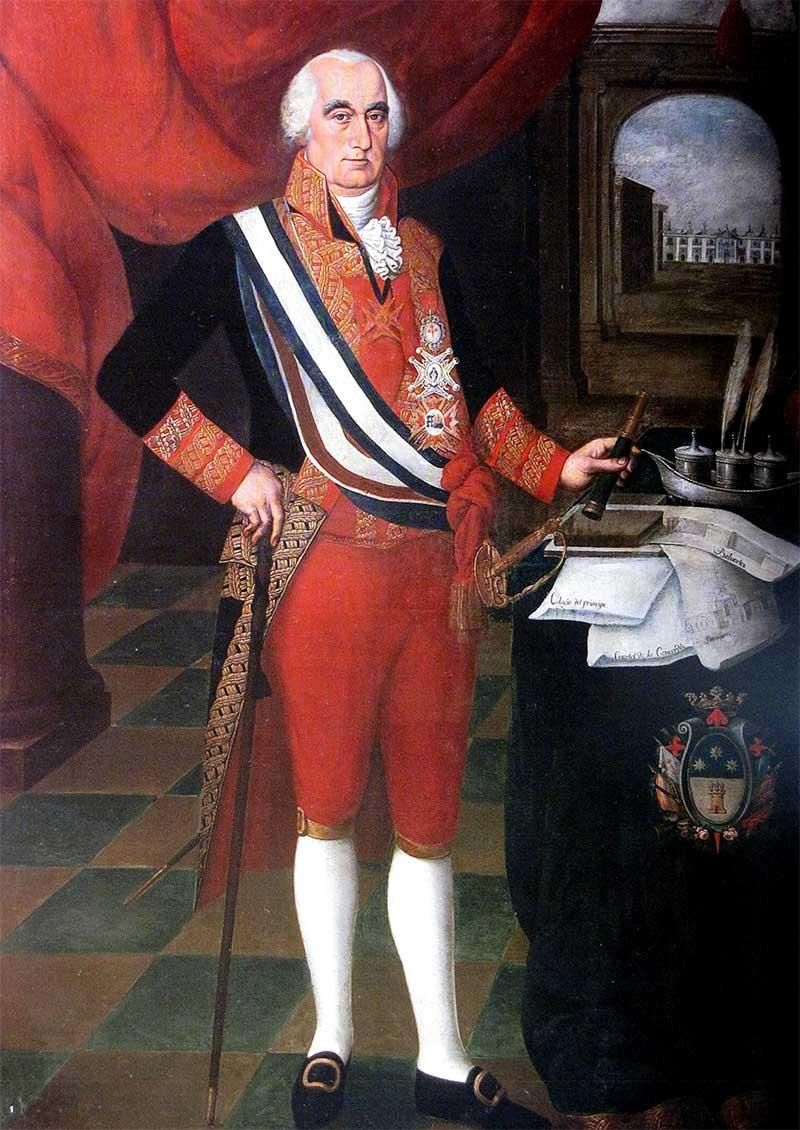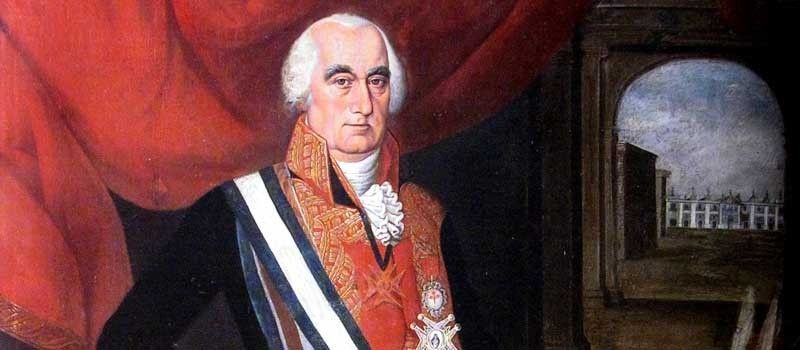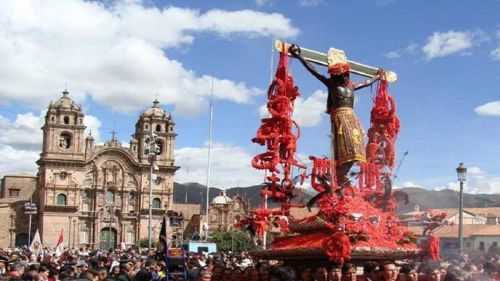Abascal was born into a noble family and was a Spanish military officer and colonial administrator in America. At the age of 19, he entered the army. After serving for 20 years, they promoted him to colonel, and later in the war against France, to brigadier. In 1796 he took part in the defense of Havana against the British.
Three years later he was named commanding general and intendant of Nueva Galicia (western Mexico). He took up that office in 1800. In 1804 he was named viceroy of Río de la Plata in Buenos Aires.
He governed Peru during a period when Spain’s authority and political control of its vast American colonial empire began to be seriously challenged for the first time. When Abascal became Viceroy in 1806, Lima symbolized the bulwark of Spanish colonial power in Latin America as it had for nearly three centuries.

Its bureaucracy was enormous and so committed to loyalty to the Spanish crown that Lima was called “little Madrid” throughout the Americas. In 1809, Abascal suppressed a revolution against Spanish authority sparked by rebels from Chile and Ecuador. The liberal Constitution of 1812 in Spain temporarily silenced the royalist cause in Peru. From 1812 to 1816, Peruvian patriots gained new members to their cause of political independence.
Abascal’s successor as Viceroy, Joaquin de Pezuela, inherited the staggering challenge of fighting General José de San Martín’s army of liberation, which landed in Pisco and fought its way northward to Lima.





























